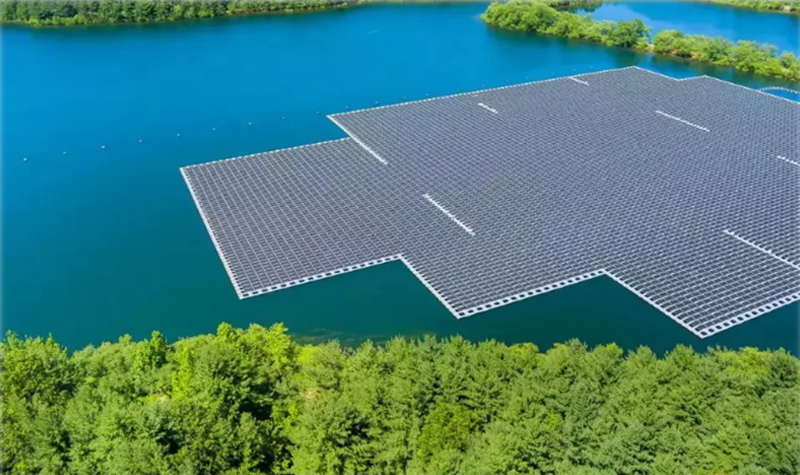 Chandigarh
Chandigarh
Chandigarh takes the lead among Union Territories in solar power generation
Chandigarh, the beautiful and well-planned Union Territory, has emerged as the top solar power generator among all Union Territories in the country.
As of June 30, the city had an impressive installed solar power capacity of 63.59MW, according to a statement made by RK Singh, the Minister of New and Renewable Energy and Power, in response to a question during the ongoing Monsoon Session of Parliament.
Following Chandigarh closely were Jammu and Kashmir with 53.29MW, Puducherry with 43.26MW, Daman and Diu with 41.01 MW, Andaman and Nicobar with 29.91MW, Ladakh with 7.80MW, Dadar and Nagar Haveli with 5.46MW, and Lakshadweep with 3.27MW in solar power capacity.
Minister RK Singh revealed that the government had set an ambitious target of achieving 100GW of solar power installed capacity across the entire country by 2022, but state-wise targets were not specifically set. As of June 30, the total solar power capacity installed in the country reached an impressive 70.10GW, with an additional 55.90GW under installation.
Chandigarh’s efforts to harness solar power have been commendable, with the UT Administration initially aiming to achieve 75MW by August 15. Although the deadline might not be met on Independence Day, the governing body of the Chandigarh Renewable Energy and Science and Technology Promotion Society (CREST), the agency responsible for implementing renewable energy projects in the city, has decided to extend the deadline until December this year.
Taking steps to develop the city as a model solar city, the Administration has set its sights on achieving a target of 100MWp by 2025. Additionally, a roadmap will be prepared to meet the solar power generation requirements of the city by 2030. Some of the proposed projects include two floating solar power plants at the waterworks in Sector 39, a 1MWp solar plant on the shed of the parking area near DT Mall in the IT Park, and rooftop solar projects on institutional buildings.
Furthermore, the city is planning four canal-top solar photovoltaic (SPV) power plants on the N-Choe and Patiala ki Rao seasonal rivulets. Among them, a 4MWp solar power plant will be set up near the Botanical Garden in Sarangpur, another 2MWp plant opposite the dumping ground at Dadu Majra, a 2MWp plant near the Garden of Conifers in Sector 52, and a 500kMp plant near the Sport Complex in Sector 42.
With a total of 23 solar power projects being set up across the city, Chandigarh is taking significant steps towards a greener future. Currently, 20 solar power plants, with a combined capacity of 4.5MWp, are nearing completion.
In its commitment to boost solar energy utilization, the administration has identified various opportunities to reduce reliance on non-renewable energy sources. One such initiative is the installation of grid-connected rooftop (GCRT) power projects for domestic consumers by a third party under the Renewable Energy Services Company (RESCO) build, operate, and transfer (BOT) model. The scheme allows residents of all plot sizes, including marla houses, to participate, covering all sectors.
The scheme comes with attractive benefits such as zero investment, a flat solar tariff of Rs 3.23 per unit for nearly 15 years until the plant is transferred to the beneficiary, and free operation and maintenance of the plant for nearly 15 years until its transfer. Beneficiaries are set to enjoy free solar power for almost a decade, as the system’s expected life is nearly 25 years. CREST has ambitiously set a target to achieve 20MW through the installation of rooftop solar power plants.
With Chandigarh leading the way in solar power generation among Union Territories, the city is becoming a shining example of harnessing renewable energy and paving the path for a sustainable future.
(Image and text credit: Khalsavox.com)
Support Our Journalism
We cannot do without you.. your contribution supports unbiased journalism
IBNS is not driven by any ism- not wokeism, not racism, not skewed secularism, not hyper right-wing or left liberal ideals, nor by any hardline religious beliefs or hyper nationalism. We want to serve you good old objective news, as they are. We do not judge or preach. We let people decide for themselves. We only try to present factual and well-sourced news.






